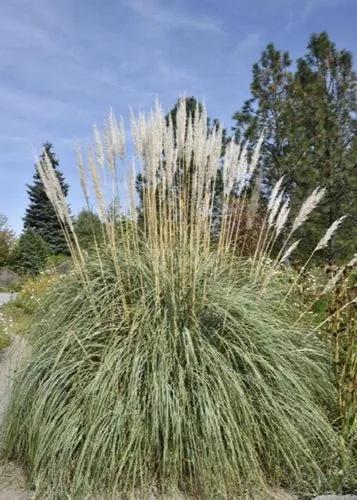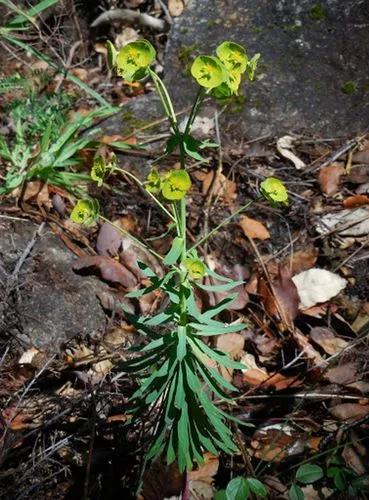Foxtail fern is a classic houseplant that has long been popular with flower growers. Asparagus has dense, beautiful foliage that gives the plant a delicate decorative look. If you are going to get this plant, you need to remember the Foxtail fern grows quickly. Caring for this plant is not difficult, even for beginners.
Foxtail fern Care
Asparagus densiflorus
Other names: Foxtail Fern, Asparagus Fern, Plume Asparagus, Emerald Feather, Plumosa Fern



The Foxtail fern is a member of the Asparagaceae family. The plant has long stems and many thin leaves that resemble spruce thorns from the side. Plant height is 2-3 feet (60-90 centimeters). Width is 3-4 feet (0.9-1.2 meters). During flowering, Asparagus shows small white flowers that have a pleasant aroma.
How to Care for the Plant

Water

You need to water your Foxtail fern frequently and generously to keep the soil in the container moist. Foxtail fern also needs frequent spraying. You need to remember the plant is very fond of moist air.

Pruning

Foxtail fern does not need special pruning. You can trim the yellowed stems of the plant to keep it decorative.

Fertilizer

Foxtail fern needs feeding throughout the year. For this purpose, you may use a regular mineral fertilizer for deciduous plants with a low concentration. You should use fertilizer every week in spring and summer, every two weeks in autumn, and every month in winter.

Sunlight

Foxtail fern loves soft light. The plant does well in partial shade or in bright, but not straight, light. A good place for Asparagus is a west or east window or a room that is not too dark.

Soil

Asparagus grows well in almost any soil. If you want to make the best soil for your plant, you need to mix humus, peat, and leafy soil and add some sand (2:2:2:1 ratio). Foxtail fern also needs good drainage at the bottom of the container.

Propagation

Asparagus propagates by dividing the bush, seeds, and cuttings. Flower growers recommend propagating Foxtail fern by dividing the bush. After you have divided the bush, make sure the young bush is alive and has healthy roots. Remember, a young bush needs abundant watering.

Temperature

The best temperature for Foxtail fern in summer is 77-72 degrees Fahrenheit (22-25 degrees Celsius). If the plant feels too hot, it will turn yellow and lose leaves. In winter, you should keep Asparagus at 50 degrees Fahrenheit (15 degrees Celsius).

Container

Foxtail fern needs a container that will give the plant enough space for its roots. However, too large a container causes moisture stagnation during watering, which is harmful to Foxtail fern.

Fun fact

The stems and leaves of this Asparagus are shaped like fox tails. It explains the name of the plant.

Additional

All ferns love moisture and should be given humid conditions. In living rooms and family rooms, stand their pots on trays of damp pebbles or clay granules. Ferns also love being misted at regular intervals with tepid, soft water unless the humidity of the whole room is kept high through the use of a humidifier.

Popularity

11,608 people already have this plant 1,940 people have added this plant to their wishlists
Discover more plants with the list below
Popular articles






